

Explore Italy by place | region | time period
The Neolithic Age » Stentinello (Syracuse, Sicily)
For the first time in history, ceramics document man’s ability to transform a natural product, clay, into a new artificial product. Its name comes from the Greek kéramos 'potter's earth' that is fired clay one or more times at very high temperature. It’s also called terracotta because it turns from raw earth into fired clay, in a waterproof artifact. It was a important invention of the Neolithic because it can be used for various purposes, from building to the storage or transport of food. It's a little like plastic today.
Pottery also allows us to date Neolithic sites. We know that ceramics evolved over time, taking on different shapes and decorations. Three types of pottery correspond to three Neolithic phases. So based on the ceramic fragments we can determine to which Neolithic phase they belong:
1) ancient Neolithic: initially it is characterized by a ceramic made of impure dough and adorned with decorative patterns imprinted, successively it will be a ceramic with with geometric graffiti.
2) Middle Neolithic: it is introduced the decoration painted in red and brown on the light background of pure clay pots, happens a decoration with meanders and spirals.
3) Late Neolithic: pots with spool lugs and uniform surface of black or red color.
Decorated ceramics were found at Syracuse, Matera and the Aeolian Islands.
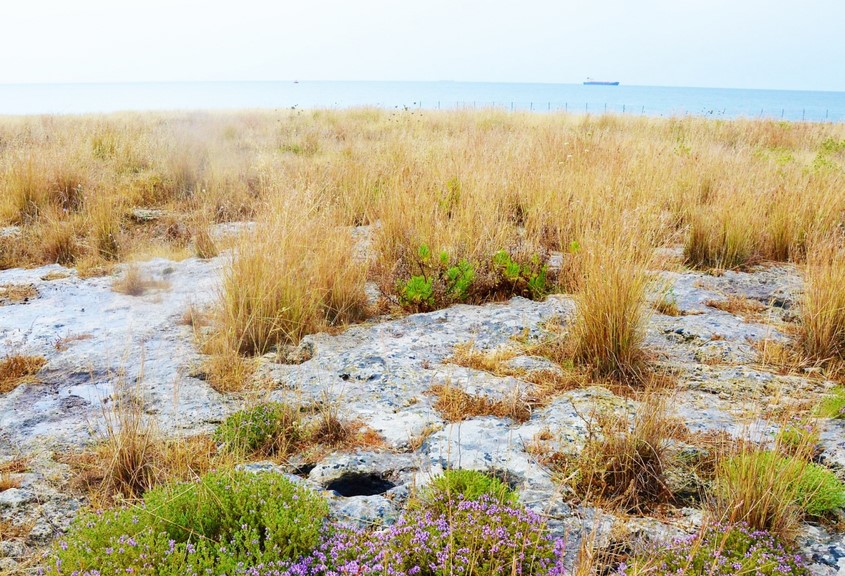
At the end of the sixth millennium BCE, men from the northern coasts of Syria and southern Anatolia settled along the coast of eastern Sicily, an area already inhabited by Paleolithic men who still lived in caves and who had came from the nearby coasts of North Africa long before following a migratory phase.
They were breeders and farmers, who did not know the use of metals and who did not practice war. They found a favorable environment among Syracuse, the volcano Etna and the Aeolian Islands: very fertile volcanic lands, coastal plains rich in sources and waterways, mountainous areas covered by oak forests and rich in wildlife. At first, they hunted, fished and harvested mussels; they created chipped stone tools with very hard obsidian sheets coming from the nearby island of Lipari. Soon they went from a hunting economy to an agro-pastoral. They raised sheep, goats, cattle and swine; they domesticated ox and pig. They introduced a new food production system based on cereals and legumes: they grew spelt, wheat (Triticum monococcum, Triticum dicoccum) and barley (Triticum ordea).
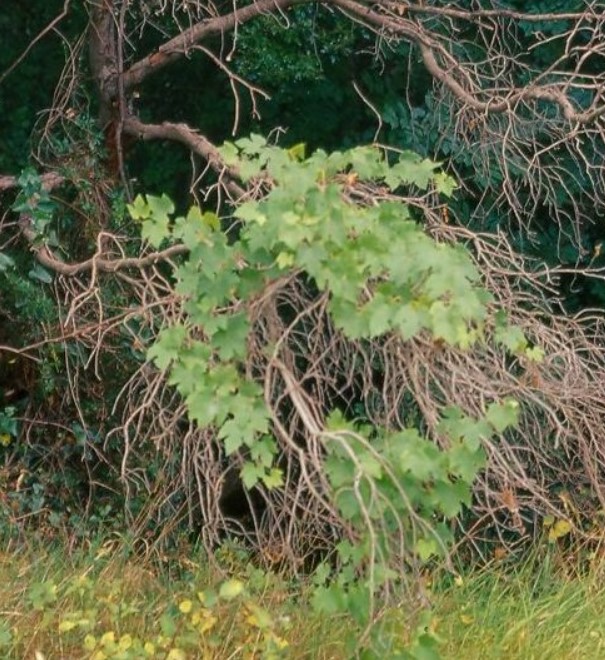
Towards the middle of the fifth millennium BCE there will be a qualitative leap in daily life thanks to the introduction of soft wheat, broad beans, peas, almond. They also gathered grapes and olives from wild plants.
The culture of Stentinello will be born by the cohabitation of these people. It spread throughout eastern Sicily and other areas of the island, Calabria and the Aeolian Archipelago.
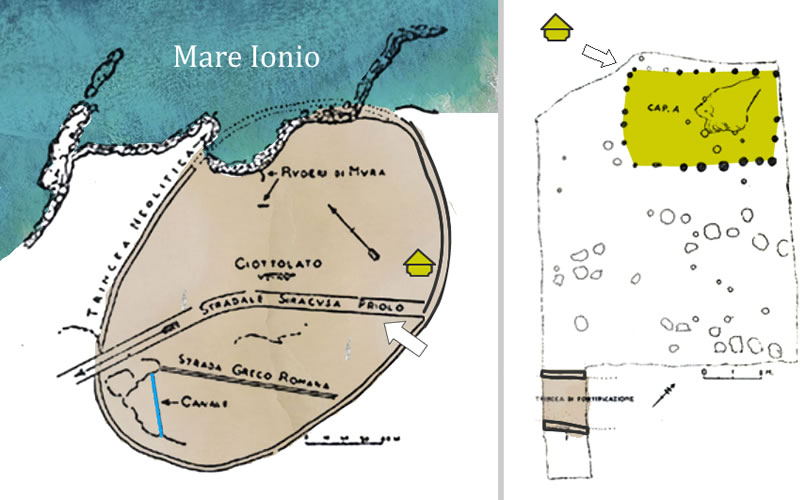
The name comes from the locality situated in some 7 km away from Syracuse where they built their first settlement, one of the oldest Neolithic settlements in Italy.
The coastal village was discovered in the late nineteenth century and was only partially brought to light. Archaeological research continued at the beginning of the 20th century and in the 1960s. Today there are few visible traces of the neolithic station on the ground. It is located in a private property and is not open to visitors.
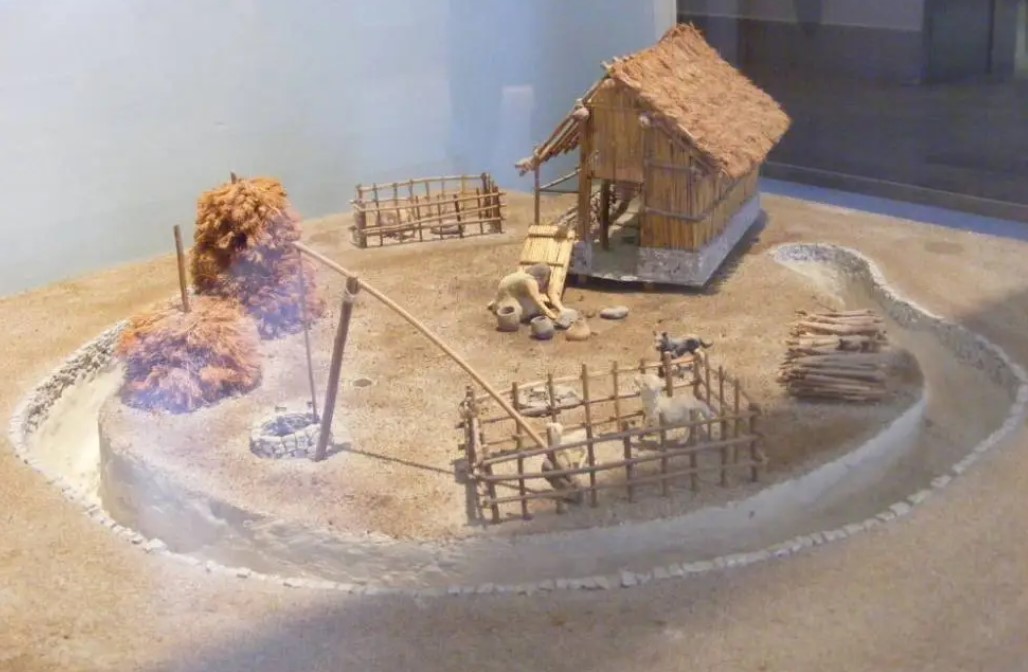
It had an oval shape (220x140 meters) and an exceptional fortification system: was surrounded by a continuous trench which was cut into the soft calcareous soil and on a raised agger of stones. It was used to defend it from the incursions of hostile people from the sea. Not every people represented a danger of course, with those more similar the stentillenesi traded.
It was admitted of rectangular huts, which was supported by stakes driven into holes cut into rocks (they were frequent in the settlements of the area).
The trench returned a large amount of clay and stone artifacts. Among these some fragments of pottery that have enabled us to attest the village as the first fortified building in Sicily.
Some curiosities: unlike all the other Sicilian communities, they did not inhuman their dead in foetal position (legs drawn up), in oval pits and their animals lived in a semi-wild state, outdoors.
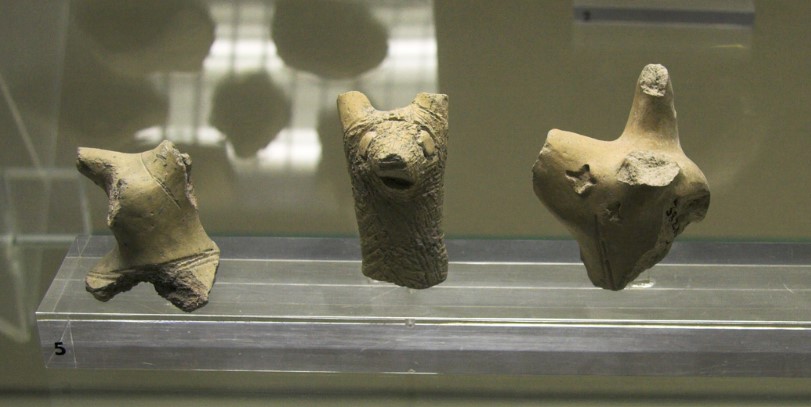
They produced terracotta figurines depicting animals, jars with human faces and idols. The idols are mainly statuettes of female figure (also called idol), present in Europe in the upper Paleolithic period, but especially widespread in the Neolithic civilizations of the Near and Middle East and Europe. The custom of humanizing ceramic forms with the inclusion of representations of the human face was typical of some Neolithic groups in the Italian peninsula. So they believed to turn the vessel into a shelter of the soul of the deceased.

Stentinello’s pottery originally had a coarse clay, which were dark reddish brown with open forms (ie the largest opening of the body). They are large items such as jars, basins, pots, bottles, cups, fruit bowls and bowls. They were decorated with engravings made before firing with nail, punches or shells and then filled with white paste (calcium carbonate), giving the pottery a polychrome appearance. They could be linear, geometric, zigzag decorative elements or they could represent the human eye. In this case, it had the shape of a rhombus or circle surmounted by a semicircular element representing the eyebrow. The practice of beautifying objects reveals men’s need to surround themselves with not only useful but also artistic artifacts. The decoration of ceramics also had a magical, religious and symbolic purpose in the Neolithic community. For example, the decoration has an apotropaic meaning and therefore exorcising in the vases decorated along the wall by a series of rhombuses (eyes) because it was used to ward off or cancel an evil magical influence.
A second migration flow from the Balkans brings new people but also new knowledge, new ideas and new trends. The mixture of Stentinello’s ceramic becomes fine of excellent quality with purified dough and shiny surfaces both inside and outside, it will be painted in two colors and will have closed shapes.
In order to know more, you can visit:
- Wikipedia: [1]
This page was last edited on 8 June 2024
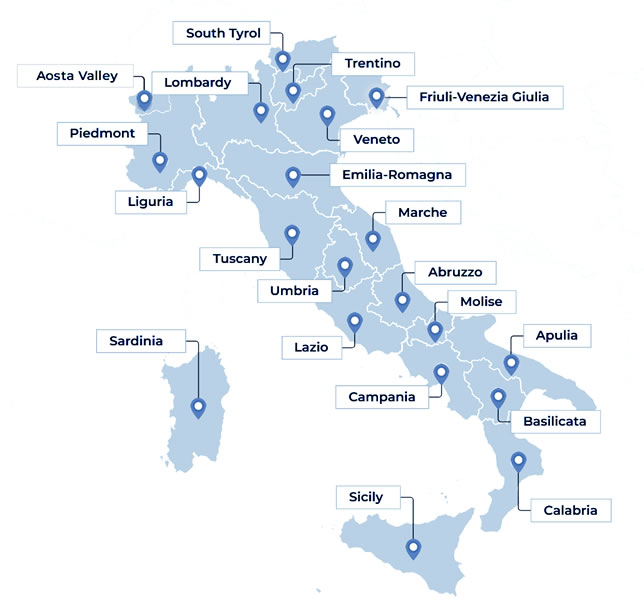
Open in Google Maps and find out what to visit in a place.
Go to: Abruzzo | Aosta Valley | Apulia | Basilicata | Calabria | Campania | Emilia Romagna | Friuli Venezia Giulia | Lazio | Liguria | Lombardy | Marche | Molise | Piedmont | Sardinia | Sicily | South Tyrol | Trentino | Tuscany | Umbria | Veneto

Text and images are available under the Creative Commons Attribution-ShareAlike License 4.0; - italystudynotes.eu - Privacy